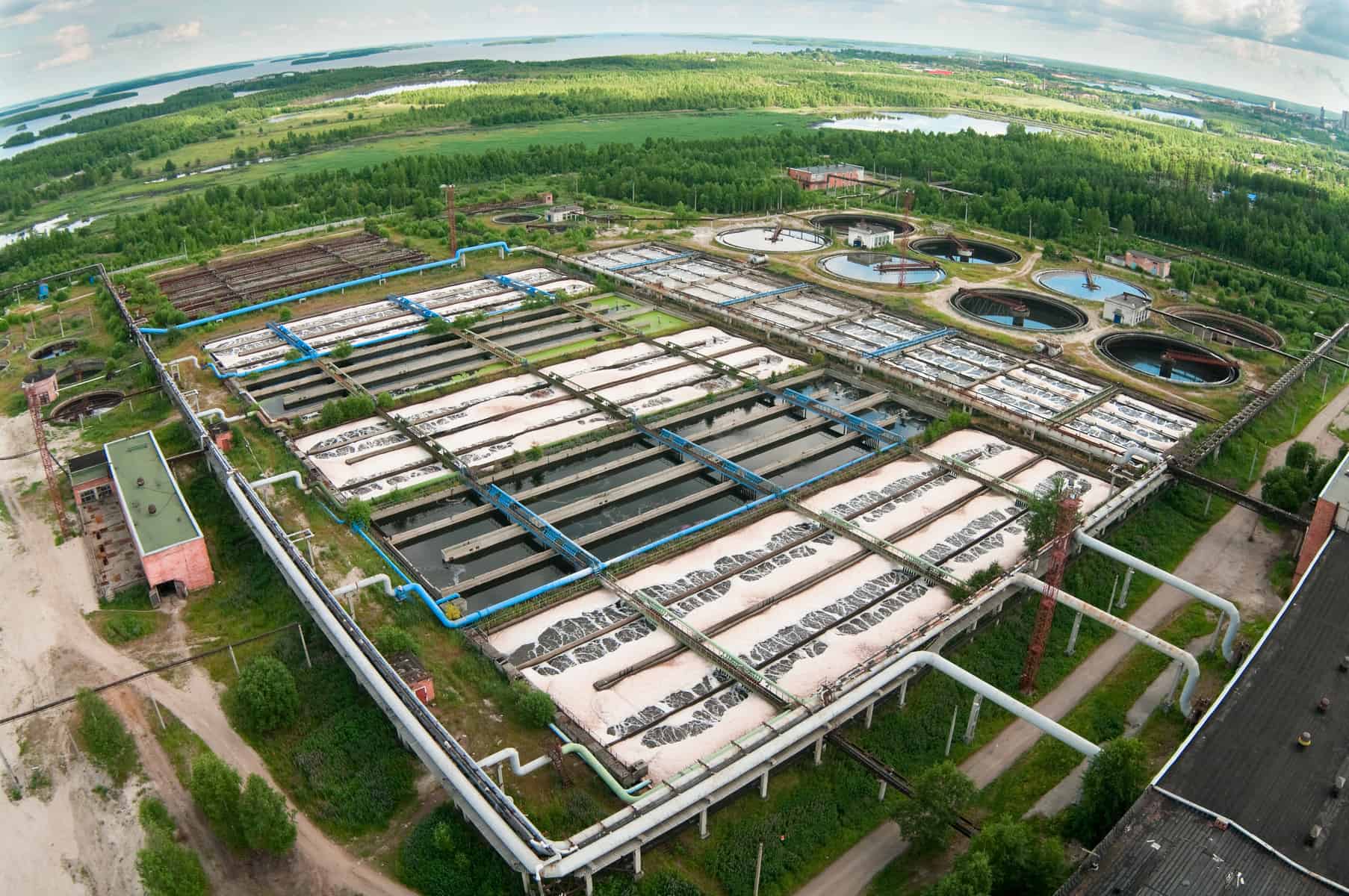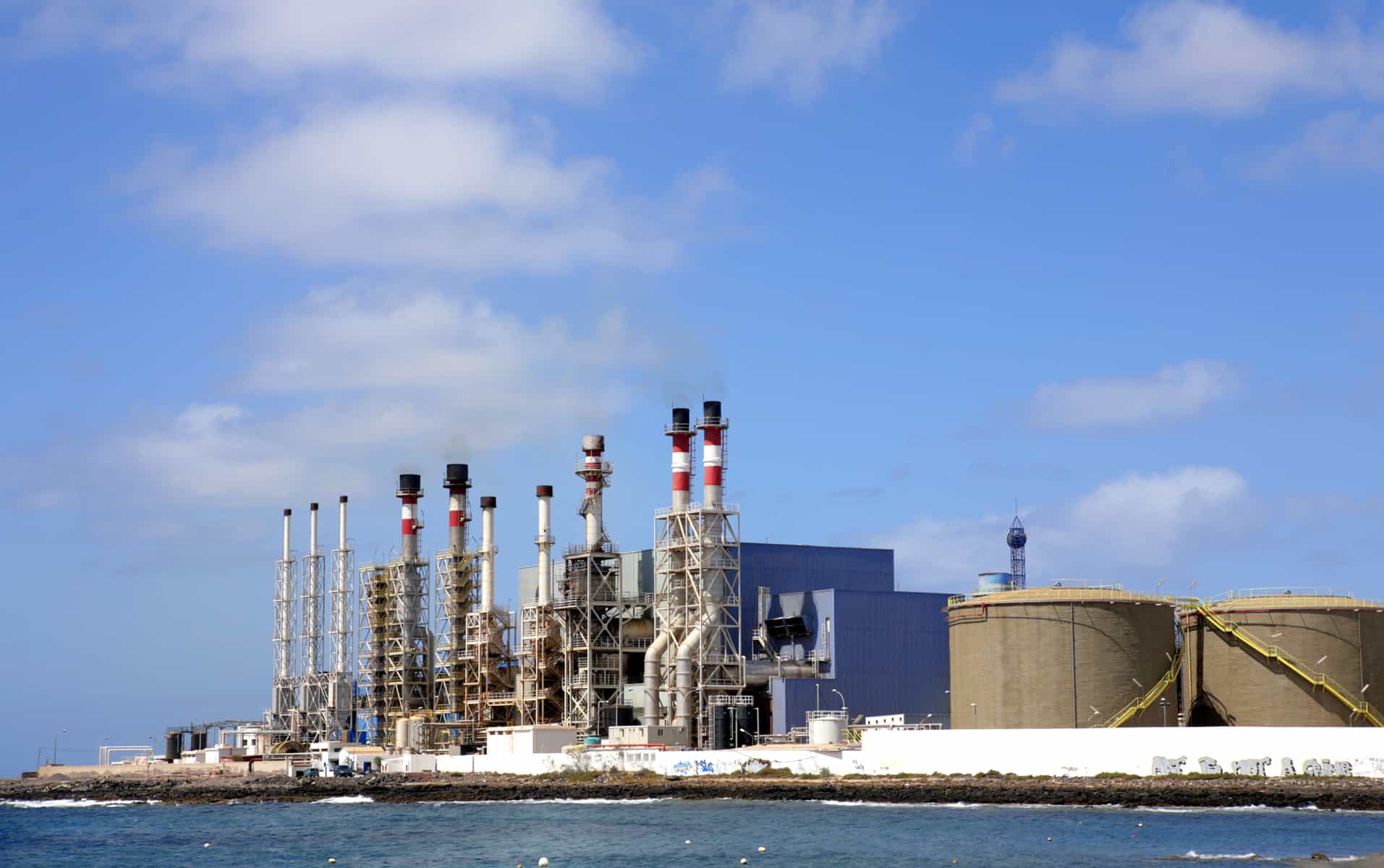Frank Whittle and The Jet Age

Human beings are many things. We are curious, adventurous, observative, expressive, and at times even irrational. But most notably, we are dreamers, capable of determining from our surroundings the phenomenons we find most useful to later adapt in a way that benefits us in our lives. As travel increased in importance, the use of animals and technology became more prominent. Our awareness of a horse's grand ability to run vast kilometers and our experience using them to our advantage eventually inspired us to create a mode of travel that could take us tremendous distances on our own. We even named our machine's potential after these majestic animals, hence your car's horsepower.
Being able to cross continents and oceans turned into a progressively more achievable reality through bursts of innovation, increasing efficiency as the centuries passed. Dating back thousands of years, the forms of transportation used to pass through land and sea have had ample time to improve. However, as humanity sought inspiration from the birds in the sky, taking flight proved to be a bit more complicated. After all, propelling and then navigating a 40,000 kg unit thousands of kilometers into the air seamlessly is no simple feat. Yet, despite all odds, we can now look to the clouds to see this exact miracle every day. So, how did humanity succeed, and how can modern energy help us take flight to the next level?
At the birth of air travel, airplanes relied on propeller engines for their propulsion. The Wright brothers, Wilbur and Orville Wright, who were credited with achieving the first powered, controlled, and sustained flight in 1903, equipped their aircraft with a piston engine that turned large propellers. The mechanics behind a propeller engine are relatively straightforward. The engine's piston movements create mechanical energy, which is then transmitted to the propeller. As the propeller blades rotate, they generate thrust by moving air backward, adhering to Newton's third law of motion. This thrust propels the aircraft forward and proves to be quite effective for short, low-altitude heights. However, one significant limitation of propeller engines is their reduced efficiency at higher altitudes. This is because as an airplane climbs to higher elevations, the air becomes thinner, which decreases the effectiveness of the propellers in generating thrust.
The invention of the jet engine changed everything. Invented by English engineer Frank Whittle in the 1930s, this engine introduced radically different mechanics. Unlike propeller engines that rely on the movement of air over blades to create thrust, jet engines operate on the principle of jet propulsion. This means that they draw in air, compress it, mix it with fuel, and then ignite the mixture. The high-speed exhaust gasses produced are expelled at the rear, generating powerful forward thrust. This design allowed jet engines to perform more efficiently and effectively at higher altitudes, where the thin air had limited the propeller engine's capabilities. As a result, jet engines enabled aircraft to get past the thinner air. Consequently, allowing them to fly faster and reach higher altitudes, revolutionizing air travel by making long-haul and supersonic flights a reality, and ultimately reshaping the entire aviation industry.
The jet engine's significance goes far beyond more efficient travel. In fact, its impact during World War II cannot be overstated. This revolutionary technology gave birth to a new era in aviation and warfare. Jet-powered aircraft, such as the German Messerschmitt Me 262 and the British Gloster Meteor, offered unparalleled speed and maneuverability. These aircraft could intercept and engage enemy bombers with unprecedented swiftness, altering the dynamics of aerial combat. The jet engine's ability to provide higher speeds and altitudes also allowed for improved reconnaissance missions and faster delivery of supplies. The impact of the jet engine extended beyond the battlefield, influencing post-war aviation development. It accelerated the transition from propeller-driven planes to jet-powered aircraft, ushering in the modern era of aviation and marking a pivotal moment in military history.
Innovative ideas and inventions like the jet engine hold the transformative power to shape our future. They showcase the importance of efficiency, which is a cornerstone of sustainability measures. As the world grapples with the urgent need to combat climate change and reduce carbon emissions, such innovations become catalysts for change. The jet engine's remarkable efficiency is a reminder that we must continually strive for cleaner and more sustainable energy sources. It serves as a testament to the incredible advances that can be achieved when human ingenuity is directed toward cleaner, greener technologies. In this context, energy careers take on a crucial role as they drive the development of sustainable and environmentally friendly power sources. By harnessing innovative ideas, investing in research and development, and fostering expertise in clean energy, we have the potential to create a more sustainable and promising future for our planet.
If you want to learn more about how energy, engineering, and technology influence our lives, visit Resourcefulness.org, and don't forget to check out Power Trip: The Story of Energy, season two! Available on Prime Video, Apple TV, and PBS.


